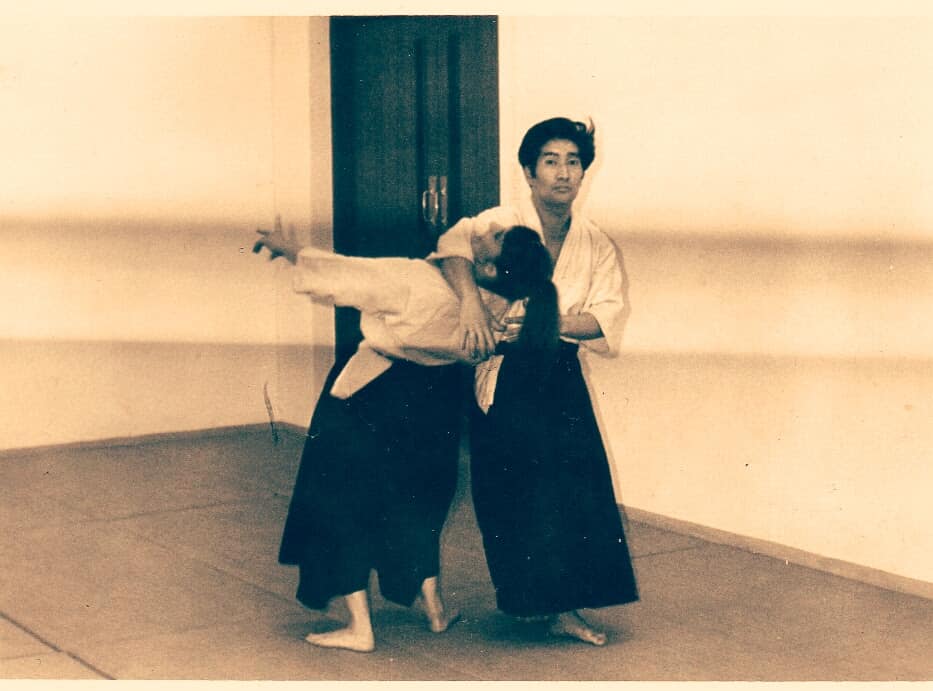Over time this mechanism has allowed the transfer of experience and knowledge, as well as the expansion of acquaintances and the building of institutional memory.
It also allows the development of beneficial experiences between both, as the kōhai benefits from the senpai’s knowledge and the senpai learns new experiences from the kōhai by way of developing a sense of responsibility.This comradeship does not imply friendship; a senpai and kōhai may become friends, but such is not an expectation.
The Korean terms seonbae and hubae are written with the same Chinese characters and indicate a similar senior–junior relationship.[citation needed] Both the Japanese and Korean terms are based on the Chinese honorifics xianbei (先輩/先辈) and houbei (後輩/后辈), written in the same Chinese characters.

Similar concept exists in the Chinese-speaking world, though the terms vary depending on the context. In business, the terms are usually qiánbèi (前輩/前辈) for seniors and hòubèi (後輩/后辈) for juniors.
For students, the term is usually xuézhǎng/xuéjiě (學長/姐, more common in Taiwan) or shīxiōng/shījiě (师兄/姐, Mainland China) for male and female senpai, respectively, and xuédì/xuémèi (學弟/妹, Taiwan) or shīdì/shīmèi (师弟/妹, Mainland China) for male and female kohai, respectively.The student terms are also used in the Taiwanese military and the police system, though the existence of this seniority system in parallel to the ranks is criticized.
To be continued…
Source: Facebook/Aikido



